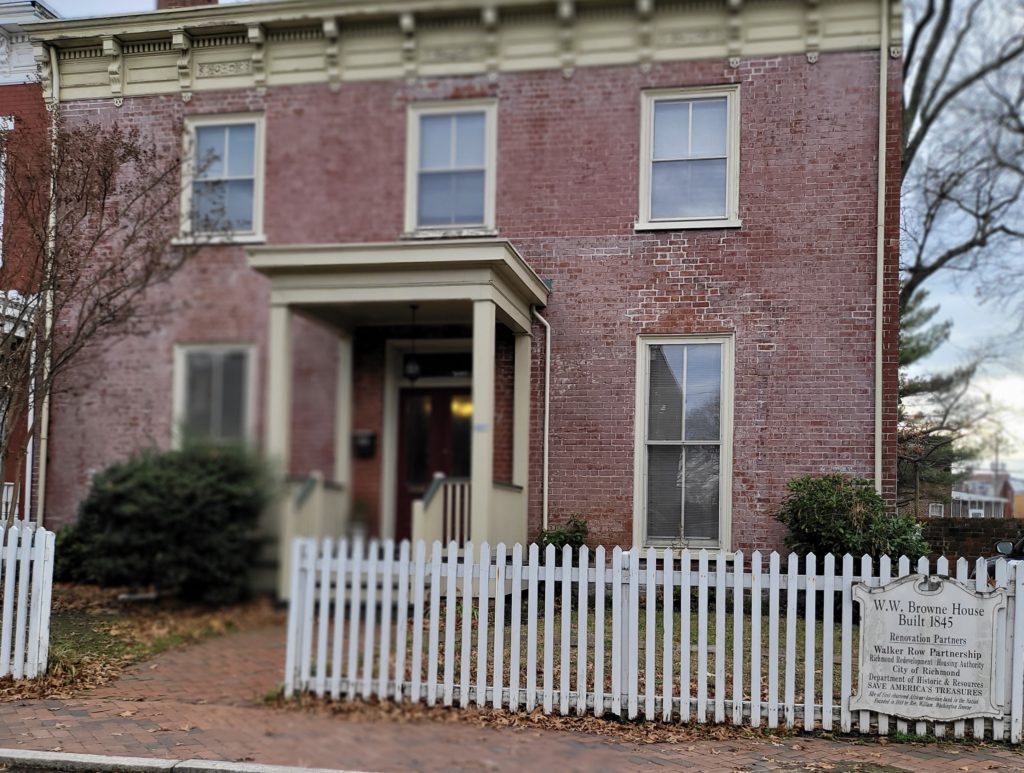
(private residence now)
In march of 1888, a former slave and union soldier named Reverend William Washington Browne chartered the first Black financial institution in the United States as the head of the True Reformers. This became the model that many others would follow. This thriving Black area of Richmond, Virginia was nicknamed “The Cradle of Black Capitalism” formally known as Jackson Ward.
Maggie L. Walker founded The St. Luke Penny Savings Bank in this same neighborhood. She became not only the first Black women to serve as president of a bank, but also the first women of any race in the United States to serve in that capacity.
Jackson Ward became a blueprint for how people of color and diverse businesses can thrive when equal access to finances and financial education are present. Harlem in New York and the Greenwood District (“Black Wall Street”) in Tulsa are other examples of this in the early 1900s.
In October of 1888, in Washington DC, the Capital Savings Bank became the first Black owned bank to open its doors in America. True Reformers, although charted in March of 1888, opened its doors in April of 1889. Capital Savings Bank was a center for not only banking but financial education as well. These post civil war era institutions sought to rebuild communities of color with an emphasis on financial empowerment.
How you manage money is a direct reflection of how you prioritize things in your life
The Capital Reformer pays homage to the legacy of the first two Black financial institutions in our nation’s history. Our main purpose is to inform, educate and empower diverse communities in the area of finances. In these pages we also highlight entrepreneurship, travel and the finer things in life from a cultural perspective.
Welcome to the Capital Reformer,
Luthre Hodges
Editor
